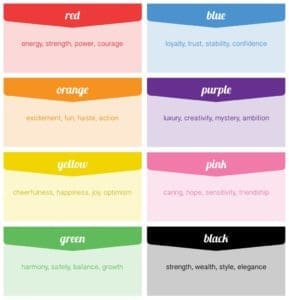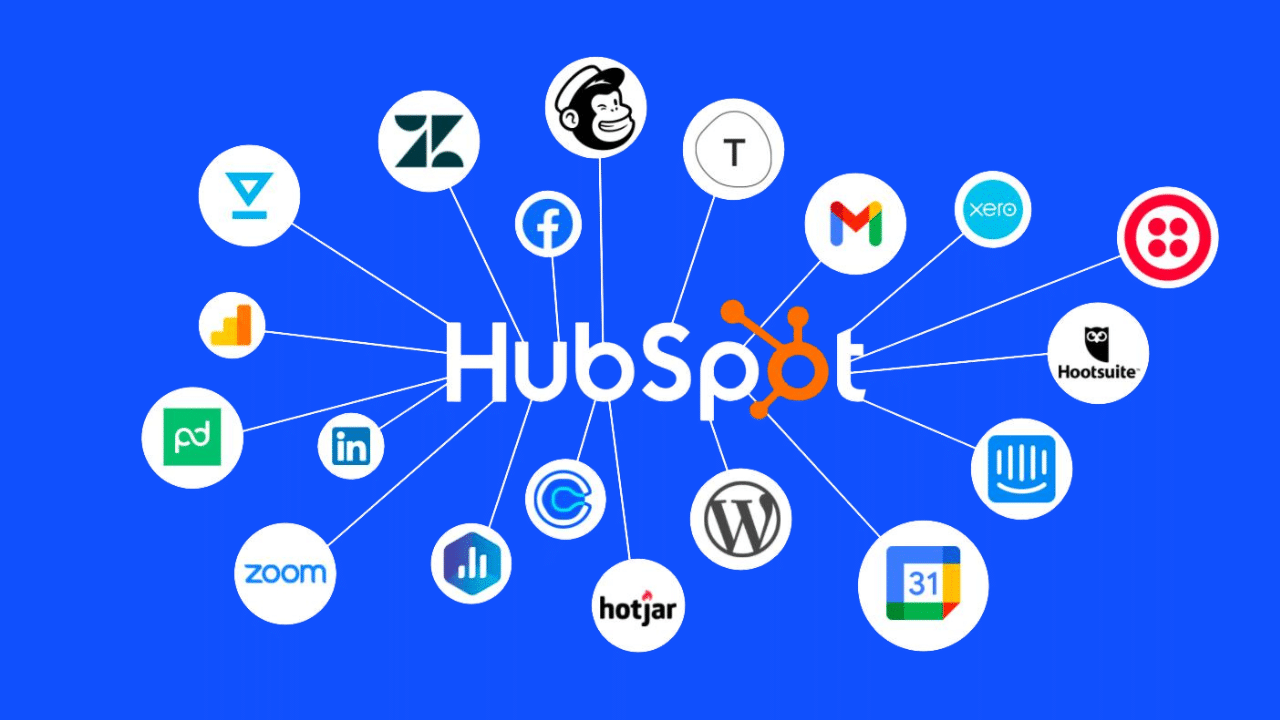
- Website Design, Content Marketing, Web Design, Design Tools, Visual Identity
Recent articles
our mailing list
Creating Engaging Content for your Website & Organic Posting

Your Introduction to the Power of Visual and Creating Beautiful Visual Content for your Website and Organic.
In this Weekly Marketing Roundup: 07/02/2020 we chat visual with creating an engaging brand on your beautiful UX-designed website, and how to carry this visual taste into your brand on organic posting platforms like Instagram and Facebook. We hope you enjoy
Understanding Visual Elements for your Website
Web design is what creates the overall look and feel when you’re using a website. It’s the process of planning and building the elements of your website, from structure and layout to images, colors, fonts and graphics. Web design is not limited to websites as it includes other uses such as web apps, mobile apps, and user interface design.
Written copy
Fundamentally, the look of a website and its words go hand in hand. The two should never really be considered separate. Having your designers and content writers work together, instead of in sequence, can enable a more powerful design. Fonts When designing a website, it’s imperative to choose easy-to-read font pairings that complement the design. Tools like Canva’s Font Combinator can help you find the perfect match for your font. Web design tools like PageCloud even include numerous font pairings within their app. Colors Colors are one of the most important elements to consider when designing a website. Keep in mind that here are a lot of misconceptions about the psychology of color. When choosing colors for your site, it’s important to focus on aligning your colors with your brand and the message you are trying to convey.

Layout
How you decide to arrange your content will have a dramatic impact on both the appearance and functionality of your site. Although there aren’t any specific rules when it comes to website layouts, there are definitely some principles you should follow. Shapes The use of graphical elements in web design has really taken off over the past few years.

Spacing
There is a space that exists between every element within your design: the images, the paragraphs, the lines…

Images & Icons
As well as logically, they aesthetically style your site and help create a theme to your brand. If you’re in the process of looking to re-design your website and want to know where you can find free images and icons, see below:
Videos
Videos are a perfect way to engage your audience. In this day and age, it is important to create a connection with your audience by showing what you do, people you work with and more via video which allows them to get to know you, trust you and like you. Videos keep your audience interested, no matter your product or service. Another idea is that images keep people on your site for longer, it’s all part of the user experience of your website.
Understanding Social Media Metrics
As of 2016, Instagram has introduced their business platform with a built-in Insights tool. This incredibly useful instrument can be used to view follower information and which posts resonate best with your target audience. Third party operating systems – such as Simply Measured – further assist in gauging the success of Instagram campaigns and page growth over time.
With data to back up your decisions, you can create a constantly modifiable social media content calendar – with plans for when to post what content. Adjusting and updating your objectives will orientate you towards your central strategy, while you keep your finger on the pulse of what works and what doesn’t.
Sporadically scrolling through Instagram, liking random photos and uploading content of your dog in pyjamas (or on a swing) might work for individuals on Instagram. But when representing your brand online, a deliberate marketing plan will build a community through consistency. Your strategy should include:
How often and when to post
When you maintain a regular post schedule, you won’t overcrowd your message or bombard the user – the right amount is best discovered through trial and error with your business. Once you’ve figured out your tone, a content calendar is the best way to manage the frequency of your message.
Content themes
Keep your content identifiable to your brand, but don’t keep it the same. Change up your themes to liven up your Instagram page, whilst targeting different demographics that use your brand or product. This will increase your audience participation and keep your posts on brand.
Style and tone guidelines
Your style guide should cover all the ways your brand makes itself visible, unique and consistent. Your captions, image style, and content should all adhere to the guidelines you set.
Engagement guidelines
These guidelines should cover when and how your brand reacts with your audience. This includes all replies to comments on your page, and brand actions on other pages. Do not automate this. It must be authentic and personally approach the potential customer.
How to Create an Engaging Brand on Instagram
On such a visually crowded platform it is important to have a look that is iconically you – one that builds a recognisable brand identity through your content. So don’t speak to the audience, show them what you’re about.
Visual Consistency
A visual social media report from WebDam found that 60% of top brands on Instagram use the same filter for every post (Hootsuite). This creates a cohesive look that is identifiable to your brand. You need a look that stops people’s thumbs, especially amidst the myriad of photos that swamp user’s news feeds.
GoPro have a consistent stream of content that is both relatable and visually impressive. They’re able to showcase their product’s unique qualities, while creating an experience for the user.
Subject Matter
The focus of your content should always steer towards either what your brand represents to your customers, or topics related to your product. The former is usually centred around culture – to reflect a fun vibe that always bodes well with followers. You don’t have to be a lifestyle brand to post about your company culture!
Customers also have a natural curiosity about where their products come from – use Instagram to show them their whole lifecycle. Source images that capture your product’s journey in a fun and interesting way, especially if that journey is unique or leads to a positive brand image.
The Body Shop does this phenomenally well. They’re able to express the environmentally friendly nature of their products, while creating content that stops the user’s thumb.
Brand Voice
Your “brand voice” voice is important – your Instagram images and captions must be iconic to identify and express the essence of your brand. By all means experiment and try to differentiate, but stay true to your audience. If you cater to your audience’s interests and emotions they will react positively to your presence, even when you are using other platforms.
How to Create Content on Instagram
Here is an idea of the types of content you can start creating right now, and how to do it;
- 1. Tell a Story: To create a unique voice across all of your posts requires unique photos that only you have uploaded. Stock photos are accessible by every business that is on the web, so refrain from using images that other brands have already used. Creating your own content is also more personable, organic and relatable. People want to be told a story through posts – so don’t tell your story through stock photos, otherwise your story will be just as dull. Make it emotive and captivating! Online tools such as Spark Post, Interfacelift or Unsplash are useful tools when it comes to attractive visuals that may not be taken by you, but are still incredibly unique. Having a bank of these high-resolution photos could help you keep to that post schedule if you’re running low on content (Iconosquare). Just make sure you’re granted permission, credit is given, and the photo is relevant to your brand strategy. Also, as noted above, use stock photos sparingly.
- 2. Define Your Focal Point: Getting users to pause and engage with your photos, means grabbing their attention from the moment they scroll over your photo. A clear focal point gives a direct message without creating clutter that confuses the viewer. Ponder your message clarity and relevance before sending it off to your audience. Is it easy to understand? Is there an aesthetic element behind the message? Does it uphold your brand image? If so, post away!
- 3. Keep to the Rule of Thirds: A classic photography rule, that divides your photo into nine squares that make up your image. It is a 3×3 grid that aligns the photo’s most interesting features along the intersections of the photo. Positioning your photo according to this rule will give your content an appealing structure that will attract audiences.
- 4. Include White Space and Borders: Leaving white space around your Instagram images can create clarity while making colours pop. This technique focuses the viewer’s attention on the features of the photo containing colour. Adhering to the rule of thirds while using this technique creates contrast and balance that gives your post ‘room to breathe’ (Iconosquare). Not to be used constantly (unless it’s part of your unique look), this technique is great for posts with messages as their focal point.
- 5. Use Contrast and Balance: To give your audience a visual experience, your content must stand out on their feed. Contrast captures your audience’s attention by using colours, shapes, fonts, exposure and scale to make your image reach out to the user. This can be achieved with different filters, or external editing tools. Visual intensity throughout your posts is one of the best way to grab your audience…just don’t overdo it!
- 6. Try Instagram Stories: Instagram stories have skyrocketed in popularity within the last year, as 250 million users interact with the tool daily. A slideshow format displays photos for an allotted time before moving onto the next image. User’s ‘stories’ remain up on the platform for 24 hours, and can be saved to your device. This method creates an ‘in the moment feel’ that is often otherwise absent from user’s posts. Advantages to using Instagram stories include:
- The human element of your business displayed to followers. ‘In the moment’ stories can allude to your business culture, employees and overall relatable vibe.
- Stories are easily accessible, and are located in the top heading when Instagram is opened.
- It is easier to experiment with different creative content types: photos, videos, boomerang (GIF-like image), rewind and live video.
- You can tag other accounts e.g. @sydneydigital if used in liaison with brands, collaborators or influencer marketing.
- Story searches make your ’story’ more visible and discoverable to audiences. Stories can be sent as direct messages or can be clicked on through the user newsfeed (in the top banner) and your brand’s profile icon. Raw, real-time sharing allows you to now “share your highlights and everything in between” (Instagram). So use the platform to innovate your unique image.
- 7. Use Hashtags: These non-visual elements of your posts are crucial to expanding your reach. They can be campaign specific or general, but they must be relevant to your brand or the image they are attached to. They work as a way for Instagram to categorise your content. So if you search for ‘#fitness’ for instance, the results will show the latest posts containing that keyword. Make sure though, that you only use between three to five hashtags to prevent overcrowding (recommended by Instagram), despite Instagram’s limit of 30. Also make sure you set up a company branded hashtag (#companyname) and use it across all your posts so each is identifiable. It is worth noting that 70% of hashtags are branded. All which make it easier for people to find your posts or content related to your brand if others have used the hashtag. Use the above company hashtag coupled with campaign hashtags, as well as community or trending hashtags to increase your awareness potential. Popular hashtags like #instagood (used in 300 million posts), or #tbt (throwback Thursday), can be used alongside industry specific ones for maximum reach
- 8. Embed videos onto Blogs or Websites: Direct your audience to your Instagram page through your website or website pages that are relevant to your Instagram. Embedded Instagram content on your website can generate up to 25% more traffic to your Instagram page (Sprout Social). Simply use the share feature on Instagram desktop to get your embed code for your website. External sites such as Embed.ly or InstaEmbed also work well when linking posts.
- 9. Make Photo Contests: Whether you’re looking to support the launch of a new product, generate huge attention or build momentum with consumers quickly, contests are the best way to promote audience engagement and expand your reach. To boost your ‘virality’ far beyond any regular company post, you can use UGC (User Generated Content) contests to encourage users to submit and actively participate with your brand. This extends the emotional connection between you and your consumers. By running such a contest, you are facilitating real and authentic marketing conversations with your users. Conversations that can often extend past your follower base, as users can share their entries with their followers as well.
- 10. Reward Your Followers: Consumers – and by extension followers – are always on the lookout for deals and exclusive offers from brands that they have an invested interest in. By rewarding them for this interest you can retain their attention and even incentivise usage of your product in the future. Offer your followers or people that engage with your posts exclusivity through sponsored events, limited product offerings or discount codes etc. This kind of preview makes your Instagram followers feel special and keeps them coming back for more insider information.
- 11. Collaborate and Mention Influencers: Instagram is one of the best platforms to highlight collaborators and show customer success stories (Sendible). Even if the tagged partnership isn’t official, you can still raise awareness for positive interactions with your brand. So long as these partnerships align with your brand values and mission – you can generate examples of user personas (link to Ultimate Facebook Guide) using your products. Cover your bases with usage of both the hashtag and mention tag, as your audience may be more engaged in following brands you tag rather than hashtags you include. Use both for higher awareness potential. Another authentic technique involves the use of ‘shout-outs’ (Sendible). This is an unpaid exchange of promotion between two brands that partner together. Generally arranged between brands with a similar number of followers, this technique is used to cross-promote each brand’s content on the other’s page – with both benefitting from increased exposure.The paid ‘shout-out’ is for those that wish to harness the above effect for a longer period of time or on a regular basis. Influencer sponsorships are the most common method of promoting material across accounts through ‘paid content’. The authenticity above remains intact because user’s tend to only work with brands that reflect their Instagram profile image. Partnering with an influencer, is a great way to gain a large number of new followers quickly. As you gain a genuine audience from their ‘paid recommendation’. TRIBE is a great tool to use for increasing your return on investment when partnering with influencers. You are able to vary your audience engagement and tailor your post spend according to their following. A general rule of thumb is: Lower following (below 20,000) = higher proportional engagement Higher following (above 20,000) = higher awareness
How to Analyse Organic Results
The right Instagram feedback tools can provide analytics to inform your content direction and social media strategy. Below are 4 analytics tools for marketers in 2018:
Instagram Insights – Free
Instagram Analytics provides basic stats for assessing your Instagram marketing efforts, with access free for businesses through the app. You are able to view follower information and what your top posts are – to help you choose content that will resonate with your audience. Instagram Insights is a very basic tool suited to beginners. If you wish to analyse your Instagram data further, the following tools will assist you:
Social Bakers – Free
This tool provides a report on your most popular photos, filters and hashtags. it also includes all of your interactions with followers, displaying your most liked and most commented posts in descending order. This is highly useful for gauging what content your audience responds well to. Recommended changes appear in a “heads up” display menu.
Simply Measured (now Sprout Social)
This provides a comprehensive list of decisions around impressions, reach, engagement rates, saves, video views and carousel data. The tracking metrics provided on this site give you content type breakdowns that compare you to competitors. The platform even tracks your Instagram story data. It is a straightforward platform that provides direction without overwhelming you with numbers. It is arguably the best Instagram feedback tool on our list.
Squarelovin – Free
This is an in-depth tool that displays metrics on recent posts and growth of these posts. It covers monthly post analysis, and a history of your posts broken down into year, month, day and hour. Your top and average posts head up the engagement tabs. The engagement tabs go into further detail about when to post.
Without fully analysing what worked and what didn’t, marketing is a guessing game with a huge placebo effect. You can read all the best articles advising you what to post or what to include, only to find out what works for you is something different. This is why you must use trial and error to improve your online marketing aptitude. The tools provided above are a great starting point to reflect on your Instagram performance.
How to Improve Your Organic Marketing Strategy
If you’re pressed for time or you don’t quite grasp all the nitty gritty details that come with posting, we can help. Our team at Sydney Digital Marketing are experts in social media marketing. We are an organic marketing agency who run organic and paid campaigns with a focus on quality content through our signature lens of creativity.
We prioritise transparent return on investment, with sale conversions directly attributed to campaigns on Instagram. So chat with us and we’ll show you what we can do for you.








